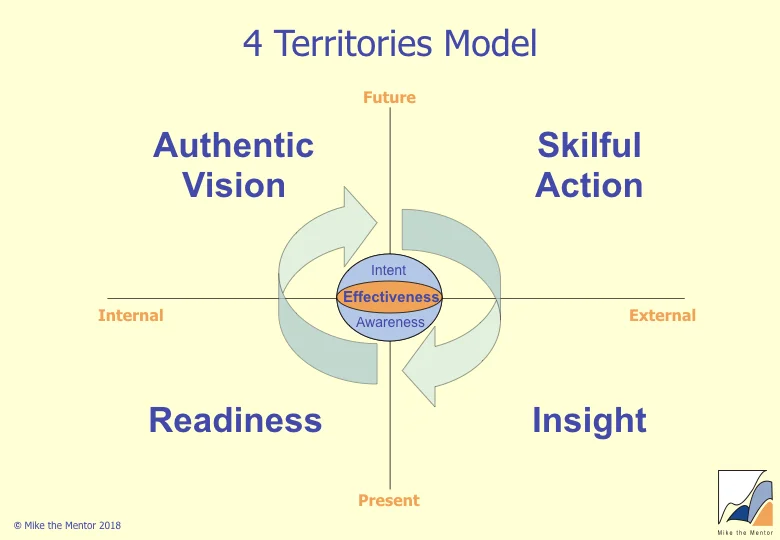The Felt Shift
/The most powerful coaching and supervision sessions are those where the client doesn't just get a plan of action or great insight - they get a fundamental shift in awareness and intent and go back into the world being, and thus acting, differently. This phenomenon is referred to as a Felt Shift.
The term Felt Shift was coined by Eugene Gendlin who discovered that success in psychotherapy was linked to how clients focused on the physical sensations relating to the issue they were bringing. These subtle and vague internal body awarenesses he referred to as Felt Senses. He found that, when clients focused on their felt sense this often lead to a felt shift "... which clarified what the felt sense was telling you that you were feeling or wanting." Gendlin saw the body as being very subtle and intricate, and often able to give a more complex take on things than the mind could. The experience of a felt shift is also found in NLP, for example when collapsing anchors, and in the literature on creativity where the moment of insight is often associated with a felt shift.
Peter Hawkins has done much to popularize the notion of Felt Shift in Supervision, for example in Coaching, Mentoring and Organisational Consultancy pp228-232. He extends the idea of the Felt Shift telling you something new to it leading you to actually behave differently. He highlights the importance of getting the shift to happen in the room during the session - pointing out that, if it hasn't occurred in the room, its unlikely to happen outside! Shifts tend to be very noticeable since, when they happen, the client's whole way of engaging with the issue changes. These changes include:
language and metaphors
body language (posture, breathing, tone, tempo, pitch and rhythm of voice)
ways of relating in the session (engagement, eye contact)
increased embodied, energetic commitment to action
no need to follow through - the client seemed to have changed of their own accord!
As a supervisor or coach, when you see these in your client you know you have a Shift in the Room - and in enabling that shift you may also have needed to make a similar shift in your own presence. Indeed, the question a supervisor often asks themselves is "What is the shift I need to make to enable the shift in the coach here in the supervision session which in turn will enable the coach to enable a shift in the coachee in their next coaching session, which in turn will create the necessary shift for the coaching client back in the workplace?" The causal links described in this rather complicated question are shown in the first diagram.
The ways in which a felt shift can be enabled are shown in the second diagram, mapped on to the 4 Territories Model. The Felt Shift itself is located in the bottom left hand quadrant as something that happens within the person when they focus on their inner felt sense. In supervision one way of evoking the felt shift is to get the whole system in the room (bottom right quadrant) by focusing the coach's attention on what's happening in the supervision session, what happened in the coaching session, and what is going on back in the coachee's workplace and wider life. As their seeing expands, there is often a shift in how they see the situation - and that shift in seeing in turn often leads to a felt shift.
Another way of encouraging a felt shift is to ask the coach to imagine how they would need to be different (top left quadrant) to be the coach they need to be for this client. By helping the coach solidify this imagined state (by asking questions like "What do you see?", "What are you feeling?", etc) the coach steps into being what they imagine - and this too can create a felt shift.
Finally, the coach can be invited to act out the shift (top right quadrant), behaving as if they had already shifted, perhaps doing this live in the supervision session or being invited to do so so in their next coaching session. 'Acting as if' in this way can pull the felt shift into being.
Using all four of these interventions (focusing on the felt sense and letting the felt shift come, getting the whole system into the room, imagining the shift as having happened, and acting as if the shift had happened) together in a supervision or coaching session provides a mutually reinforcing set of experiences which work together to make a significant and sustained felt shift more likely.

